Keycloak
This guide shows how to setup Papermerge + Keyloak as OIDC identity provider. It was tested with Keycloak 24.0.2.
To follow this guide you need one Papermerge and one Keycloak instance. For this guide we have:
- http://keycloak.trusel.net:8080/ (Keycloak instance)
- http://demo.trusel.net:12000/ (Papermerge instance)
Of course for your specific deployment you'll want to serve both apps over https, with valid certificates and without featuring ports in URLs, but for our guide we will skip those parts.
In first part of the guide we will add administrative user (superuser). Superuser has all permissions, in other words, superuser is the most privileged user in Papermerge. In second part of the guide we will add one non-superuser.
Administrative User (Superuser)
Step 1 - Create Realm
Create a new realm in Keycloak as described here. We will name it "myrealm".
Step 2 - Create User
In "myrealm" create a user, as described here with following details:
- username: bender
- email: bender@mail.com
- password: benderpass
User "bender" will be administrative user in Papermerge. Let's create OIDC client.
Step 3 - Create OIDC Client
Make sure you are currently in "myrealm". Click Clients -> Create client. Choose:
- Client type: OpenID Connect
- Client ID: papermerge
- Client authentication: "ON"
- Home URL: http://demo.trusel.net:12000
- Valid redirect URIs: http://demo.trusel.net:12000/oidc/callback
Click "Save"
Now, with OIDC Client saved, you can go to it's "Credentials" tab and note its "Client Secret". You will need it in next step. For this guide, the Client Secret is:
- Client Secret: OHGMBgyAjcvDtn4PAu8w8vE9yf06aHn1
Step 4 - Start Papermerge
Now, start Papermerge with OIDC enabled, with following docker compose:
version: "3.9"
x-backend: &common
image: papermerge/papermerge:3.2
environment:
PAPERMERGE__SECURITY__SECRET_KEY: super-secret-12345
PAPERMERGE__AUTH__USERNAME: bender
PAPERMERGE__AUTH__EMAIL: bender@mail.com
PAPERMERGE__AUTH__PASSWORD: 1234-not-relevant-but-still-needs-to-be-here
PAPERMERGE__AUTH__OIDC_CLIENT_SECRET: OHGMBgyAjcvDtn4PAu8w8vE9yf06aHn1
PAPERMERGE__AUTH__OIDC_CLIENT_ID: papermerge
PAPERMERGE__AUTH__OIDC_AUTHORIZE_URL: http://keycloak.trusel.net:8080/realms/myrealm/protocol/openid-connect/auth
PAPERMERGE__AUTH__OIDC_ACCESS_TOKEN_URL: http://keycloak.trusel.net:8080/realms/myrealm/protocol/openid-connect/token
PAPERMERGE__AUTH__OIDC_INTROSPECT_URL: http://keycloak.trusel.net:8080/realms/myrealm/protocol/openid-connect/token/introspect
PAPERMERGE__AUTH__OIDC_USER_INFO_URL: http://keycloak.trusel.net:8080/realms/myrealm/protocol/openid-connect/userinfo
PAPERMERGE__AUTH__OIDC_LOGOUT_URL: http://keycloak.trusel.net:8080/realms/myrealm/protocol/openid-connect/logout
PAPERMERGE__AUTH__OIDC_REDIRECT_URL: http://demo.trusel.net:12000/oidc/callback
services:
web:
<<: *common
ports:
- "12000:80"
worker:
<<: *common
command: worker
Note that PAPERMERGE__AUTH__OIDC_CLIENT_SECRET, PAPERMERGE__AUTH__OIDC_CLIENT_ID should match
their counterpart from step 3.
PAPERMERGE__AUTH__USERNAME and PAPERMERGE__AUTH__EMAIL should match the user we created in step 2. As it was
mentioned, we will use "bender" as administrative user in Papermerge.
Note that you need to specify PAPERMERGE__AUTH__PASSWORD, but whatever you put there is completely irrelevant
because administrative user will login with password managed in Keycloak (in our example it is "benderpass").
PAPERMERGE__AUTH__OIDC_REDIRECT_URL should match "Valid redirect URIs" from Step 3 and it should be of
format: [http|https]://<papermerge-instance-domain>/oidc/callback.
Step 5 - Login as Superuser
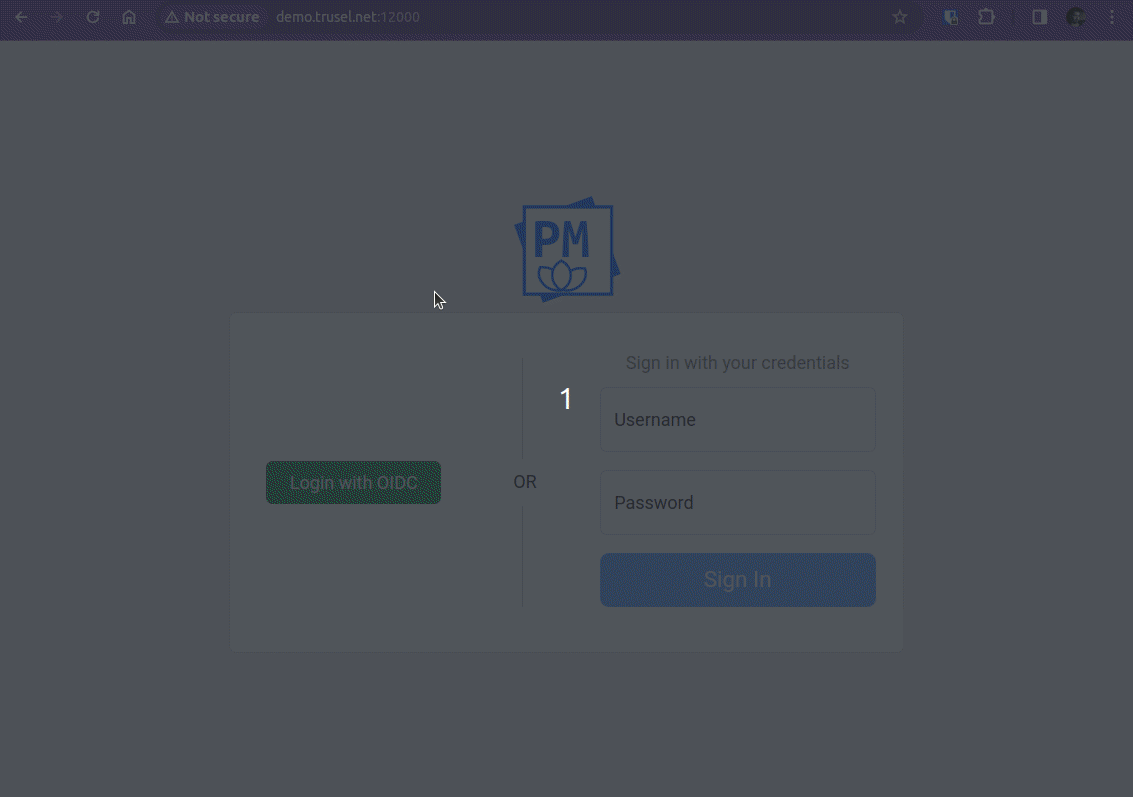
Warning
There is a known issue that after successful login - "sign in" view is still shown. As workaround you need to hit browser's refresh button.
Groups / Permissions
In this part we will add less privileged users. Users added in this part have limited permissions - they won't be able to add/view/delete other groups and users. User permissions are set via groups. Each group has a specific set of permissions; if user belongs to a group - he or she has all permissions assigned to respective group.
For this part to work, make sure you've completed the "superuser" part from above.
All non-superuser (i.e. normal users) must belong to one or more groups.
In this part we will create one user "leela". "leela" will have all permissions but view/create/delete for users/groups.
Step 1 - Create Group in Papermerge
First we need to create group, named "family", with desired set of permissions. You do this in Papermerge with user "bender".
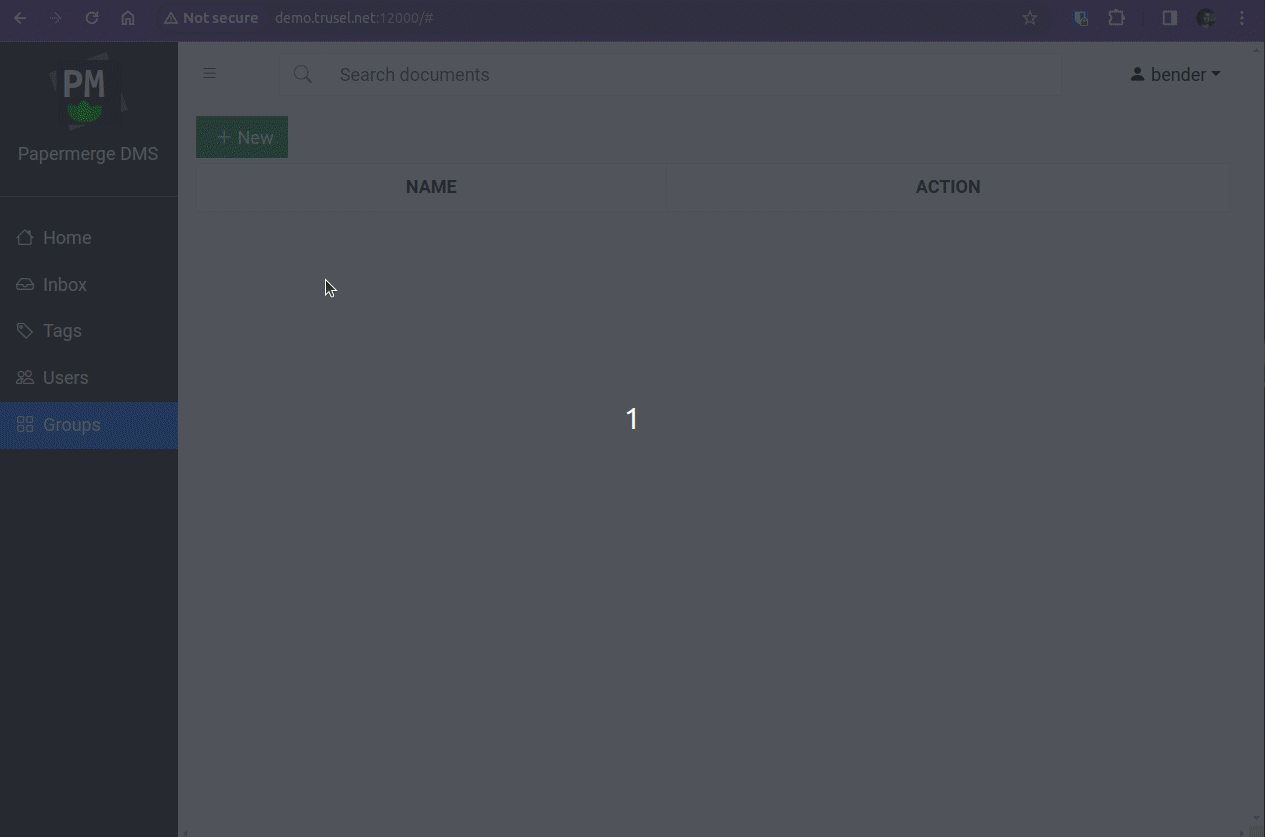
Note
Group names in Keycloak and in Papermerge should match.
Step 2 - Add User
Create user "leela" in Keycloak and add her to group "family".
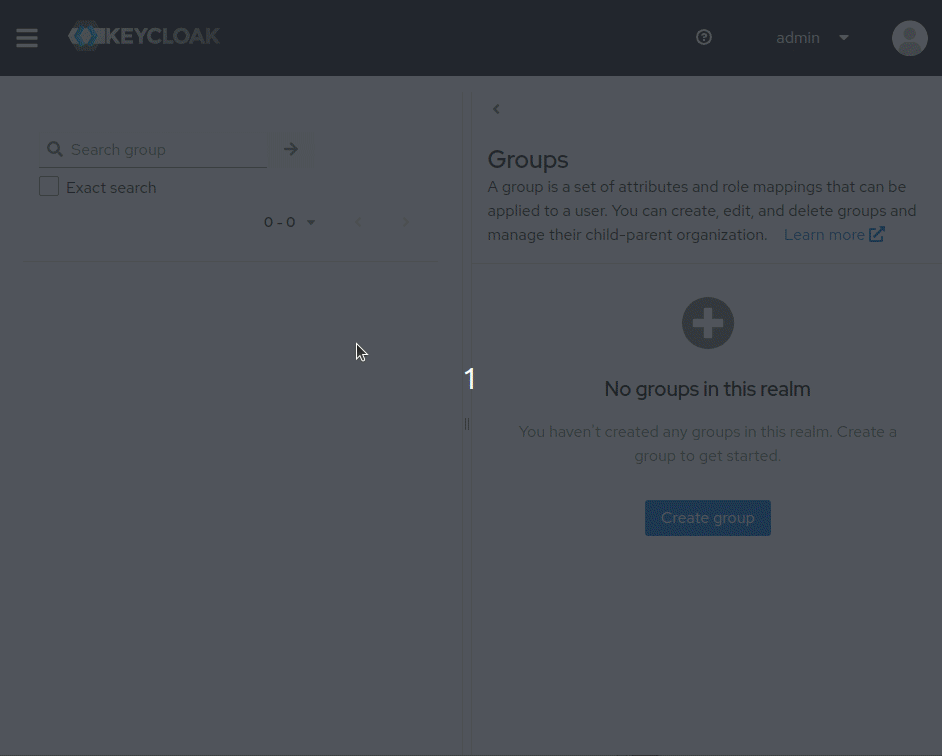
Step 3 - Configure "groups" Claim
By default Keycloak creates JWT token without "groups" claim. We need to add "groups" claim to the JWT token. While adding it make sure you uncheck "Full group path": Clients -> papermerge -> Client Scopes -> papermerge-dedicated -> Add mapper -> By Configuration -> Group Membership.
- Name: "groups"
- Token Claim Name: "groups" (it must be plural!)
- Uncheck "Full group path" (important!)
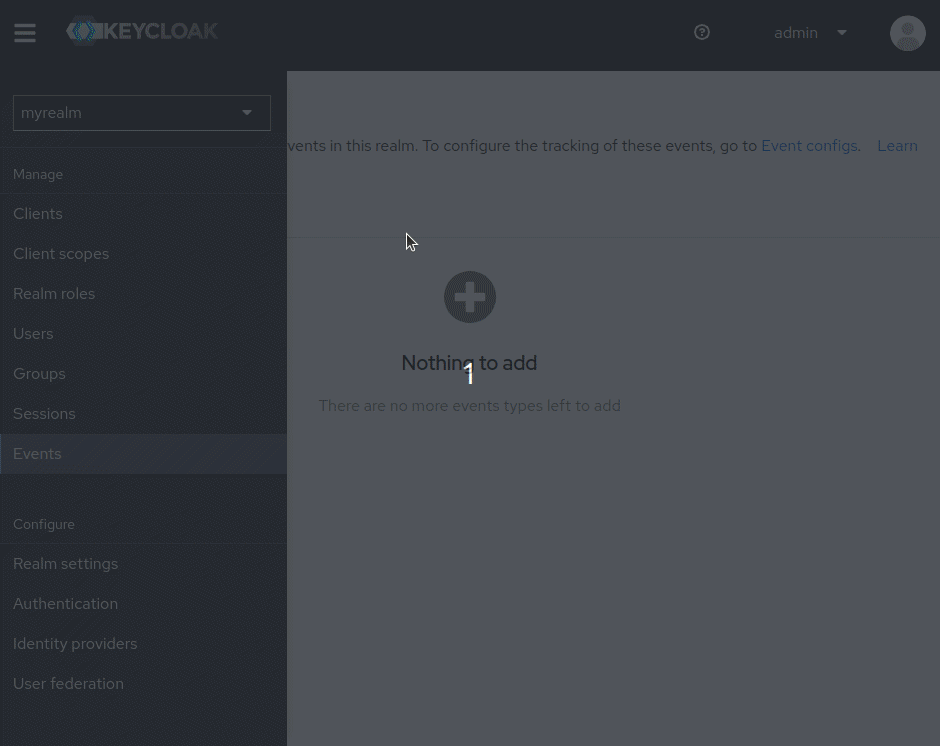
Step 4 - Login as "leela"
Leela's password is managed by Keycloak. In Keycloak You can go to Users -> leela -> Credentials to change her password.
Login with as leela in Papermerge. Notice that "users" and "groups" tabs on the left side bar are not visible, as leela does not have permissions to manage users and groups.
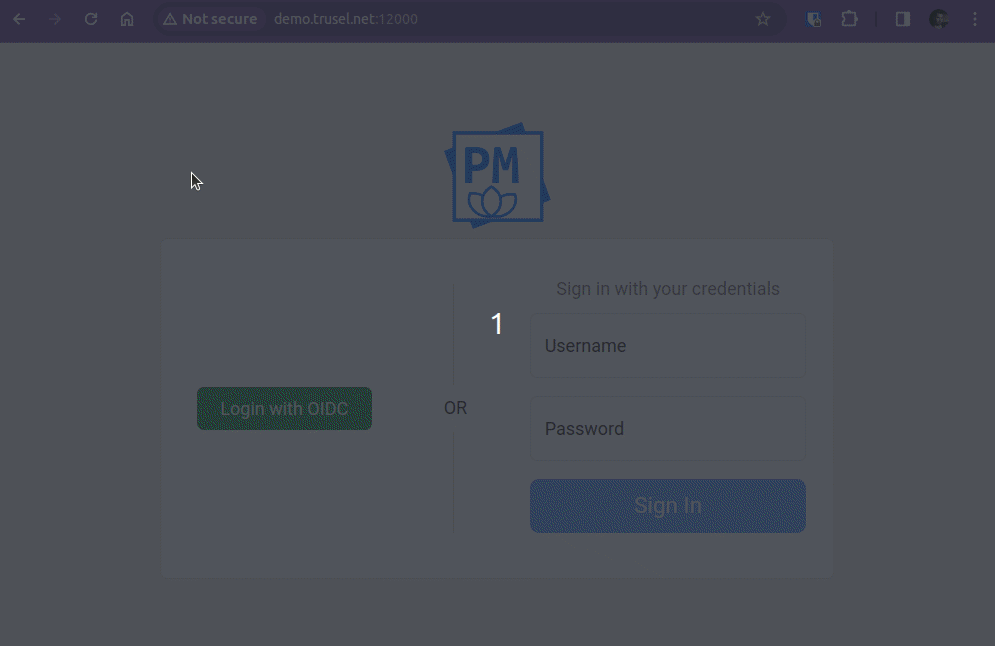
Troubleshooting
While troubleshooting you may want to see the actual JWT token. For that right click -> Inspect -> Application -> Cookies -> "access_token". Access token cookie is basically the JWT access token. Use jwt.io page to see decoded token.